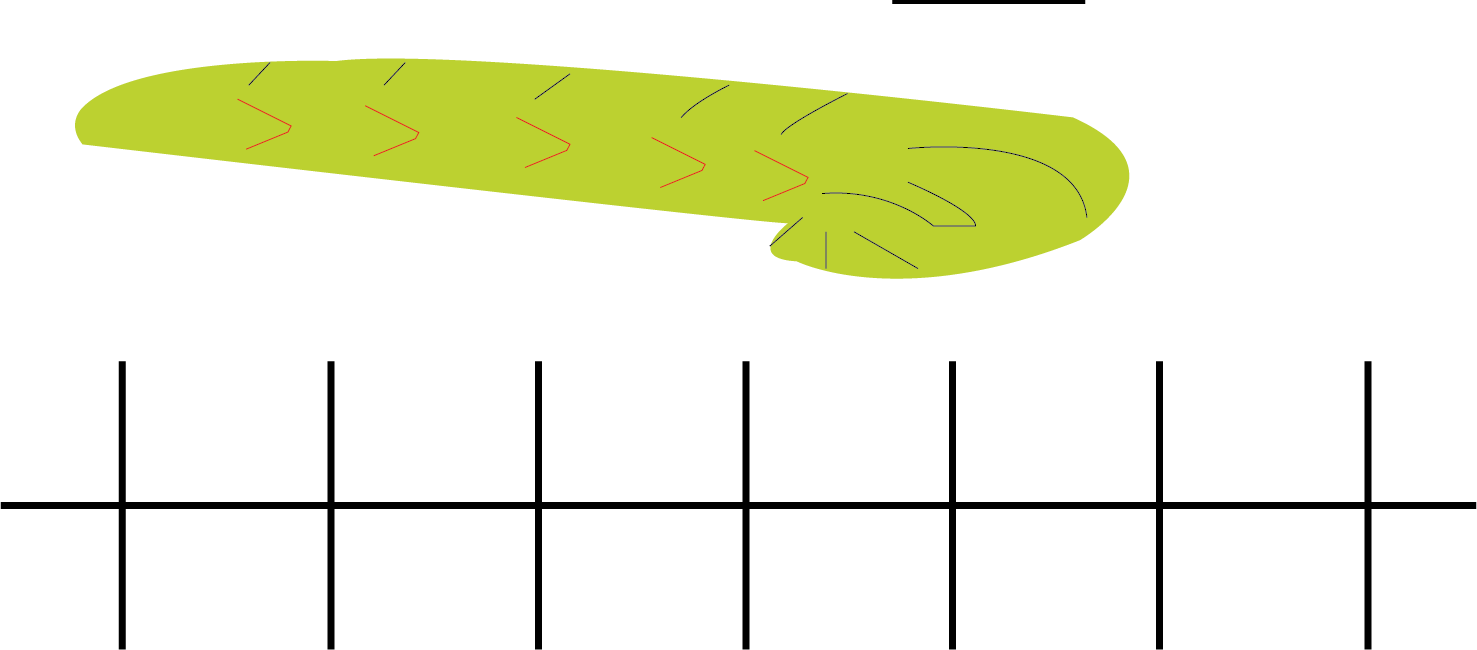Maths Notes for Chapter 4 Long and Short Class 3 - FREE PDF Download
FAQs on Long and Short Class 3 Maths Chapter 4 CBSE Notes - 2025-26
1. Will NCERT Maths Class 3 Chapter 4 focus on different units of length?
Chapter 4 of Class 3 CBSE Maths focuses on teaching students the differences in lengths, breadths, heights, and distance using arithmetic sums. There are certain activities covered in the chapter that help students understand the basic concepts.
2. What is the benefit of studying NCERT Class 3 Maths Chapter 4 revision notes?
The revision notes for NCERT Class 3 Maths Chapter 4 will help you to understand the concepts of length and lines easily. You will also be able to correlate the fundamentals and develop problem-solving skills to solve the sums from this chapter effectively with the help of these revision notes.
3. Are CBSE Class 3 Chapter 4 Maths revision notes available for free?
The NCERT Maths Class 3 Chapter 4 revision notes PDF is available for free download on Vedantu mobile app and official website. So you can download and refer to the revision notes PDF online and offline according to your convenience.
4. Are there any interactive elements in the revision notes?
Yes, the notes often include interactive examples and exercises to engage students and encourage practical application of what they've learned.
5. Can parents or teachers use these notes to help their children/students?
Absolutely. Parents and teachers can use these notes as teaching aids to support their children or students in understanding and practicing the concepts from Chapter 4.
6. Are these notes available in digital format?
Yes, these notes can often be found in digital formats, making them easily accessible for online learning.
7. How can I access NCERT Revision Notes for Class 3 Maths Chapter 4?
You can typically find these notes in textbooks provided by educational institutions or on educational websites that offer NCERT resources.
8. Are there any additional resources to complement these revision notes?
Yes, there may be supplementary materials such as videos, quizzes, and worksheets available online to reinforce the concepts covered in the notes.




























